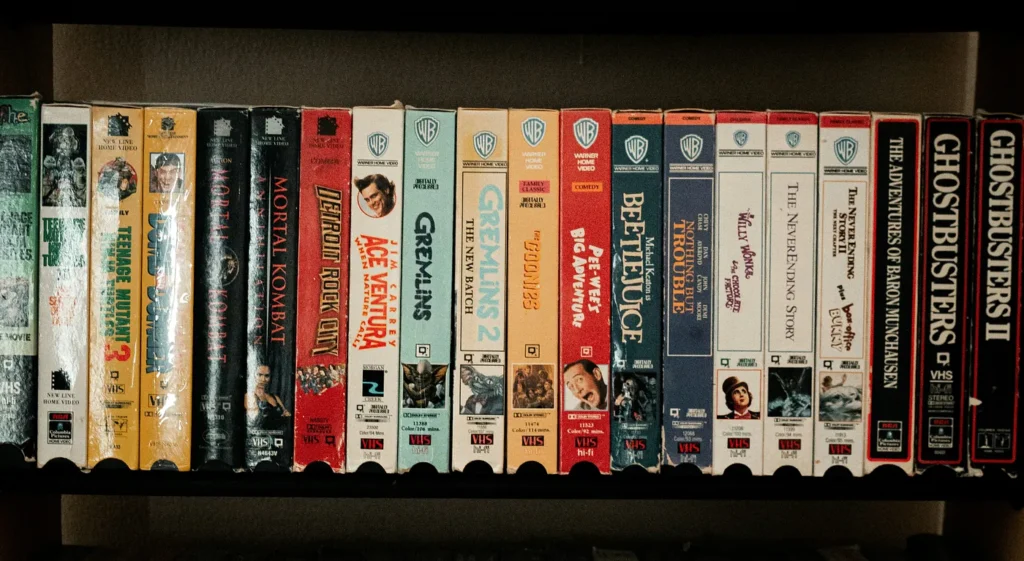The powers (and limitations) of names in defining a category

One of the best parts of this job is the newness of it all. Naming is one of the first milestones of a newborn idea. That means we get unique insight into some groundbreaking developments, from AI systems to krill-derived protein supplements.
Most of the time we’re trying to help founders stand out in a crowded space—but every now and then, we’re dealing with a new space entirely. That’s when the term “category-defining” enters the chat.
This is a loaded term. It surfaces early on in a naming project, when we’re digging into a client’s hopes and dreams for their future product name. Whenever we hear this term, we immediately want to know more — because the desire to “define the category” with a name could come from a few different places:
- The product is the first of its kind. The company is leading its industry in innovation, and wants to make that clear with the name.
- The goal is to be the de facto, household name for this type of product or experience — joining the ranks of Jet Ski, Thermos, Jacuzzi, Band-Aid, even Google.
- Number 1, and eventually 2.

We need to dig in a bit more. Is this product fundamentally new and different? Does it resemble anything that came before it? Is “defining the category” really all it’s cracked up to be?
Plenty of first-to-market products eventually get buried for different reasons — one being the adoption curve. It takes time to get a significant audience on board with something new. Early adoption can give way to later competitors that deliver a better user experience, more successfully meet market demands, or have a big marketing budget. It’s why most of us from the 20th century remember VHS and not Betamax. Sometimes being first really is the worst, and second (or third, or eighth) is the best.

Time is a factor in the adoption curve, and it’s also the basis of familiarity bias. Think of an example of a category-defining brand, and chances are, it’s been around for a while. It’s built brand equity and loyalty over the years, and that’s why the name springs to mind. Most importantly for this conversation, it’s almost impossible to know whether its founders had set out to define the category in the first place.
Finally, we have to ask ourselves whether category definition is actually up to us. A hard truth about naming is that we ultimately can’t control how people will refer to a product, and sometimes it’s easier to use whatever descriptor comes to mind. Of course this goes beyond brands — just ask the meteors that have been poetically dubbed shooting stars, or any fan of chai tea.
Not to fret, though. We love to aim high—and who knows, a household category name could be in the cards. It just may not feel that way on day one. While there’s no formula for traits that make names “sticky” or “category-defining,” we’re always thinking about qualities that can help them withstand the long term.
Our advice? Focus on winning the brand war — delivering the best possible offering with a killer brand behind it—and the rest will fall into place. We can get you started.


